The dust in the desert series continues this week as James King shares his experience of fieldwork in Nambia…
Our base of operations is located in Swakopmund, a sea-side town of German heritage. This has two benefits: pastries and unrivalled hardware stores. The amount of supplies (hardware, not cake) that this sleepy Namibian town has puts most major UK cities to shame; proving to be an essential resource for all the things that had gone missing/were lost, or left behind in the packing process. You will have to visit to know more about the pastries, but let’s just say you need to go.
We started our journey going south down to the Kuiseb River delta and then eastward up the river basin with two Toyota Hilux (one with a single axle trailer) full to the brim and then some. The Kuiseb River divides the Namib Sand Sea with the erosional granitic plains of the Namib-Naukluft Park providing an amazing backdrop for any budding photographer. The iron-coated sands piled over 150 m high terminate along the dry river valley and contrast with pale shallow sloped plains on the northern side. The main reason for starting with these sites is that they are quite accessible and close to one another, allowing for a quick return to Swakopmund if any additional equipment is needed. One is located south of the town of Walvis Bay at the extremity of a salt mine, while the other is located 150 km up river (east) within the Gobabeb Research and Training Centre.
The Walvis Bay site is within the delta of the Kuiseb River and is equipped with a smaller amount of instruments as it is intended to monitor the ground level dust concentration from upwind sources and not local emissions. One thing that earth observation products such as MODIS and SEVIRI can’t tell the observer is how high the dust emissions are above the ground; and this site is located specifically to tell us if they are still lurking around at the ground level.
The drive from Walvis Bay to Gobabeb ended up taking much longer than anticipated as the suspension on the trailer we rented collapsed. The leaf spring bolts and brackets seemed to be only assembled and not tightened resulting in one of the bolts holding the front end of the passenger spring coming loose and falling out. With two budding mechanics on hand we decided to take our chances in fixing it, as the alternative was camping along the side of the road while another vehicle goes back to the coast to get parts when the shops open in the morning. However, as it turns out a half-inch ratchet extension is almost the same diameter as a shackle bolt for trailer leaf spring suspension! By pulling the axle back into place with a ratchet strap onto the trailer frame, the extension was poised at the ready and with the help of a sledgehammer, slotted into place and secured with a combination of duct tape and fence wiring.
We reached Gobabeb in the dark, set up camp and rewarded ourselves with a well-deserved game steak dinner over the fire. The next morning we sought the research centre’s mechanics for a replacement bolt for the trailer and with amazing efficiency they were able to produce one out of a spares bin and the trailer was provisionally fixed. Luckily, the Kuiseb River sites were relatively easy to assemble, as these sites are in no threat from the attack of large animals and require no extra protection to be installed. In the case of Walvis Bay, the only disruption could be from birds perching on equipment which was dealt with using fence wire on the top of instruments, and in the case of Gobabeb station there is a perimeter fence around the entire research station.
Late in the afternoon, after setting up the site at Gobabeb we ventured as far as we could in daylight to get to the Kuiseb River crossing where we camped for the night. The following day we were treated to a spectacular 250 km drive through the Schist-dominated Damara Belt exposed by the Kuiseb Canyon. Within the park, the Tschaub River terminates at Sossusvlei in the ever narrowing valley of 200 m tall sand dunes. The campsite at Sesriem is around an hour’s drive from Sossusvlei along a newly paved road. Although there is plenty of sand locked up in the dunes along the edges of this valley, our interests lie within the more active river channel as this is the zone where the sands and the older clay-rich river terraces overlap; the key ingredients for wind erosion This is because the unconsolidated sand is moved much more easily by the wind than the cemented fine material, but once moving the sand bombards the clay surface causing the break up and produce dust sized particles.
Setting out to find these areas directed by remote sensing analyses of MODIS and SEVIRI, we drove down to where the road crossed the river and turned down a ranger road that followed it. This type of terrain required some remarkable driving by the experienced Oxford faculty members; in 4×4 low with tyre pressures not even registering on the tyre gauge. Down this path that turned into the sandy river channel itself, we found a perfect location for one weather station and on the following day we ventured even further down the ranger road to find the second site. The final site was located close to Sossusvlei, accessed by the paved tourist road and a 1 km walk with all the equipment. All of these sites were encircled with razor wire to protect from any of the larger mammals including Springbok, Oryx, Jackals, and Hyenas hanging around the base of any of the major equipment and any wiring that couldn’t be buried had to be wrapped in aluminium tape as a deterrent.
In the final instalment of this series the crew heads north of Swakopmund to Skeleton Park to install more stations in the Huab River. This area has never been monitored for wind erosion and we find out the hard way why this area is so difficult to navigate.
By James King, University of Oxford
Miss the last dust in the desert post? Catch up on what it takes to set off on a scientific field expedition here.

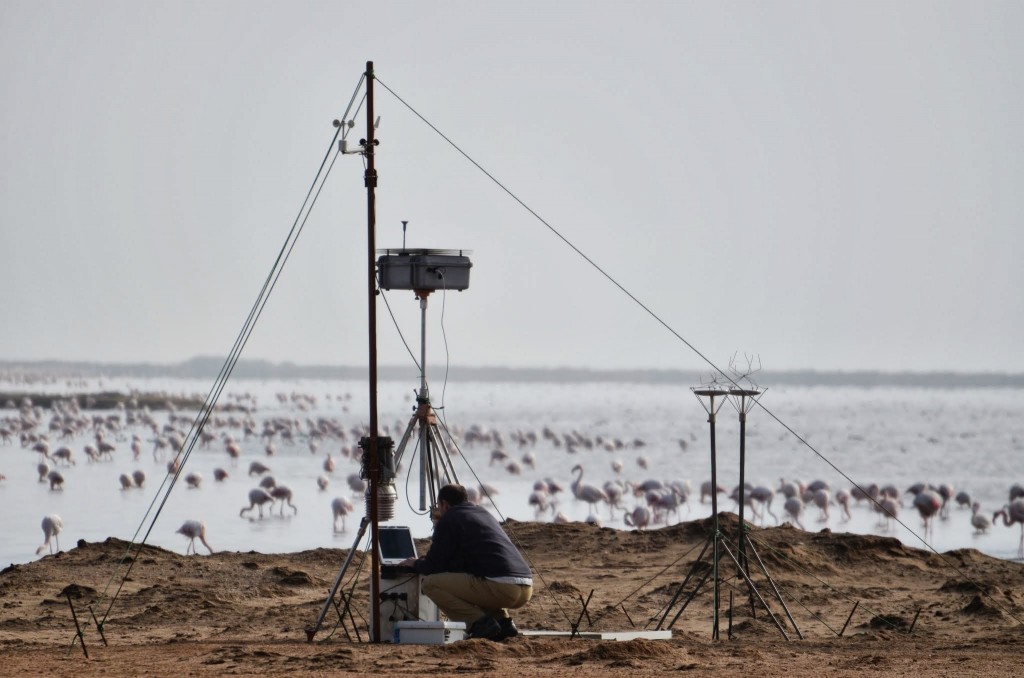
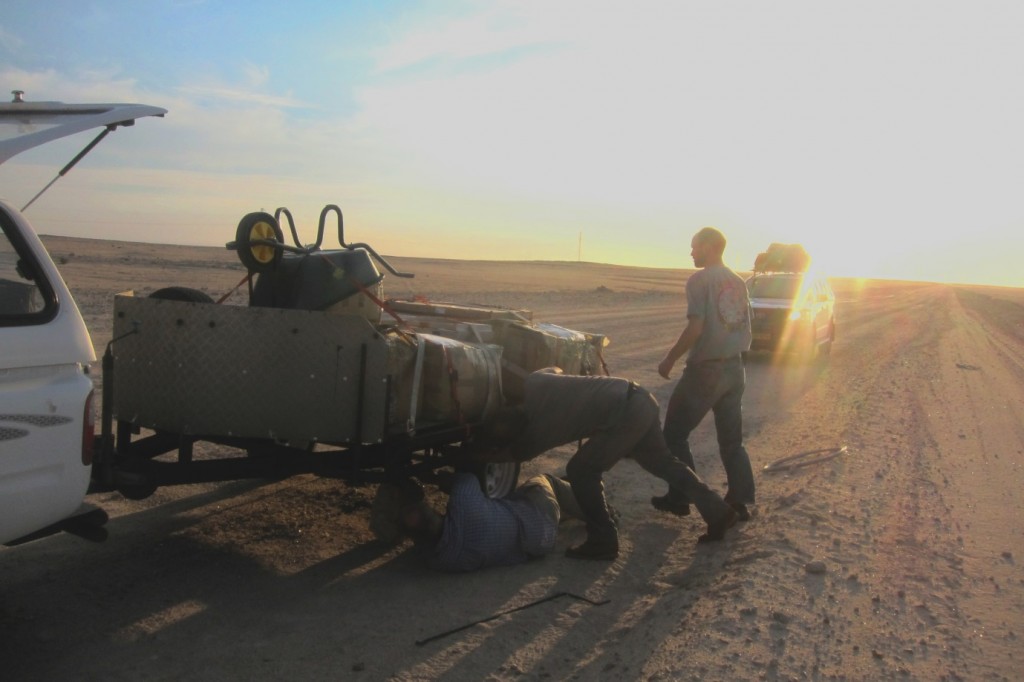
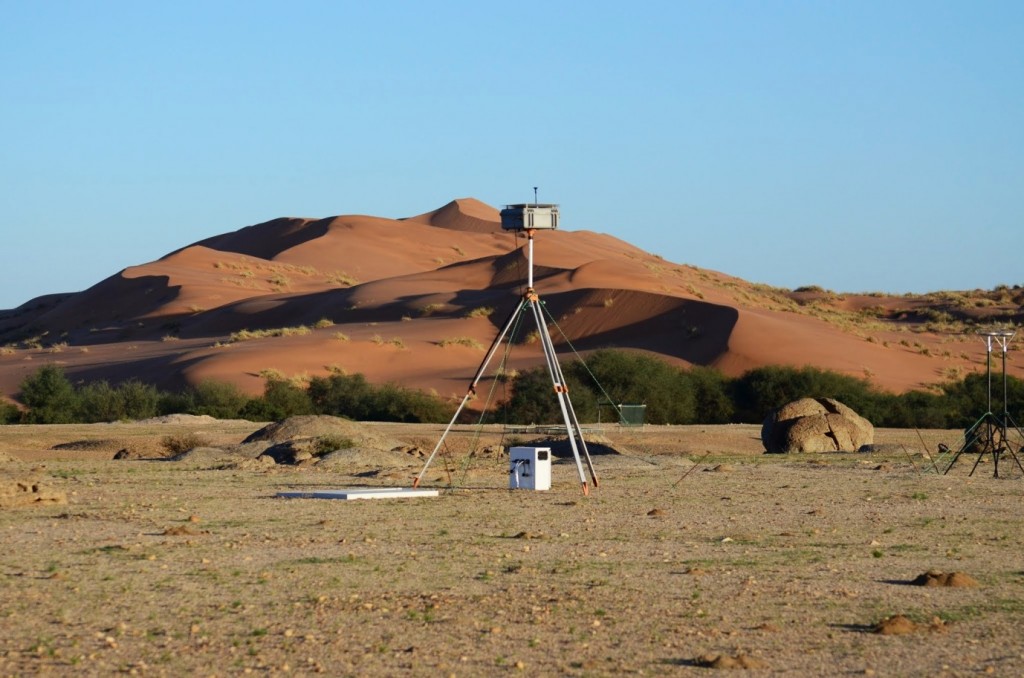
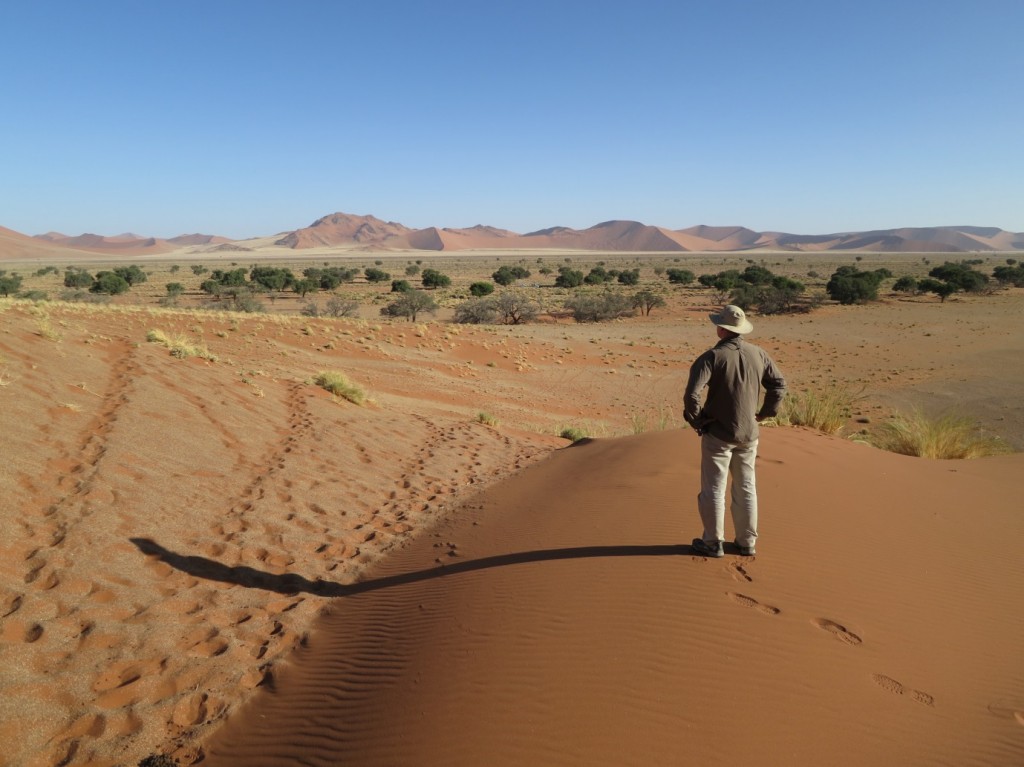
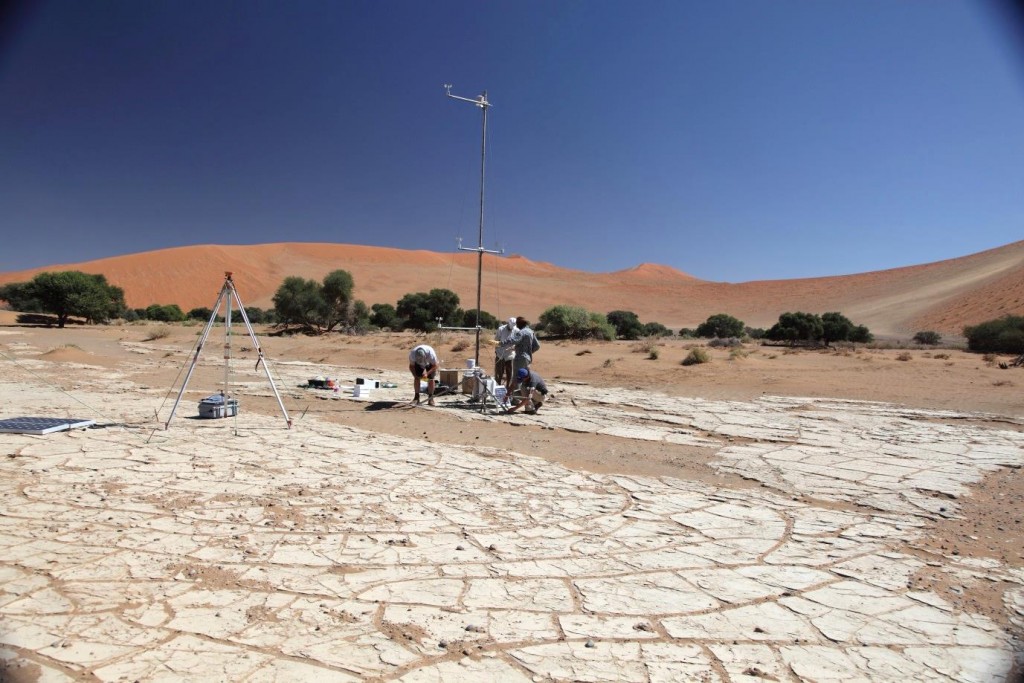
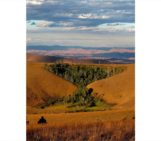
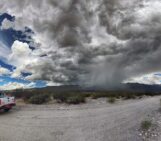
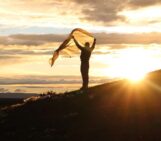
Anthony Cole
I like the dust in the desert series. Journey is very long for the series.
Lot of hard work is done for this series.. But also get success how much you did work.
Pingback: Dust in the desert: The Skeleton Coast – Foggy, dusty & demanding – part 3 of 3 | GeoLog